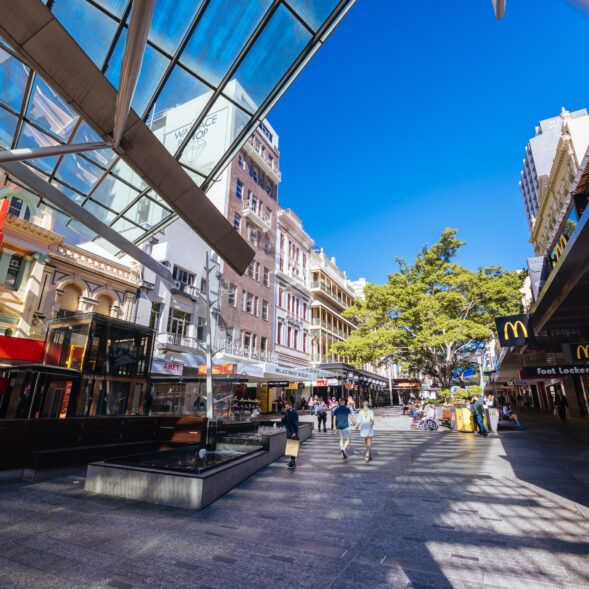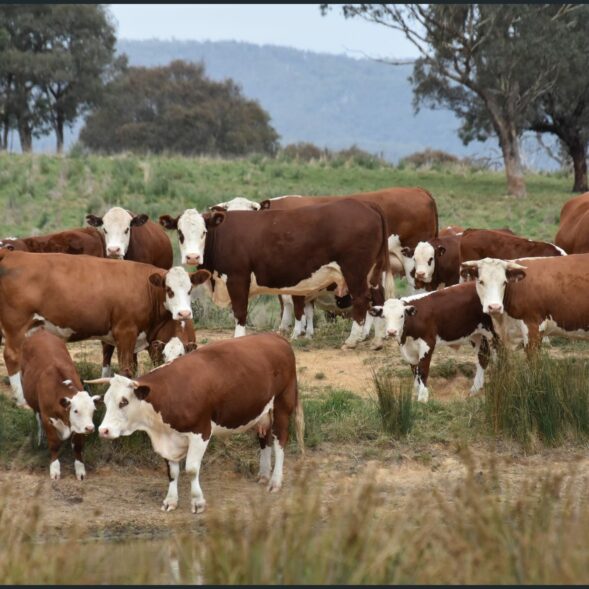Recent residential property news has centred on rapidly increasing interest rates and their effect on residential property prices. As always, the impact has not been uniform across all market segments as defined by geography, price band and quality.
In April, there was evidence the market was starting to stabilise in the face of an interest rate hold, however on 3 May, the Reserve Bank of Australia (RBA) decided that despite the possibility inflation may have already peaked, it was still uncomfortably above the desired target range and a further 25 basis point increase was warranted.
Although in some locations residential property values have fallen (notably Sydney, Melbourne and Brisbane), properties in Adelaide and Perth have fared better. Residential property in the lower price range in capital cities and in regional areas has generally not seen a significant drop in value.
While the affordability of dwellings in the lower price range hasn’t changed much – based on the concept that affordability is the purchase price as a multiplier of household income – serviceability is an increasing issue for many potential purchasers. Put another way, the proportion of monthly household income required to meet mortgage repayments is rising. In the wake of diminished serviceability, many aspiring owner-occupier purchasers have had to remain (or indeed enter) the rental market. This increase in demand for rented accommodation along with the limited supply of rentals has seen investors increase rents to help offset their own mortgage repayments.
Given all of this, the concept of cheap property can be taken to mean a property that sits within the affordability and serviceability constraints of most potential purchasers. Property that’s in a blue-chip location is likely to already reflect the benefits of that in its price. So what options are open to buyers wanting to buy affordably without compromising on location?
One strategy might be to buy the ‘worst property in the best street’ with a view to realising the site’s potential by renovating or building a better dwelling (or two) in the future.
Another strategy is to identify emerging locations where the market is yet to fully identify and reflect the area’s potential in the prices being paid. With many significant infrastructure projects underway across the country aimed at driving economic growth, there are several examples that might meet the criteria of buying cheap property in good locations.
For example, the 2026 Commonwealth Games is being supported by the construction of sporting facilities and other infrastructure in regional Victoria. Regardless of whether there’s an increase in residential property values, there will be a significant improvement in local amenities. In South Australia, the area around Sellicks Beach is set to benefit from improved road infrastructure and the further development of services in Aldinga as part of the Fleurieu Connections Alliance program. In New South Wales, St Mary’s in Western Sydney will benefit from significant development in the town centre and has good transport, being about 15 minutes away from the new airport and 35 minutes from Sydney by train.
These are just a few illustrations of growth drivers – there are many more to choose from around the nation. Suffice to say there are paths to buying cheaply in great locations, but smart buyers will rely on independent professional advice before making major decisions on where and what to purchase.
Kevin Brogan
National Director, Group Risk and Compliance









